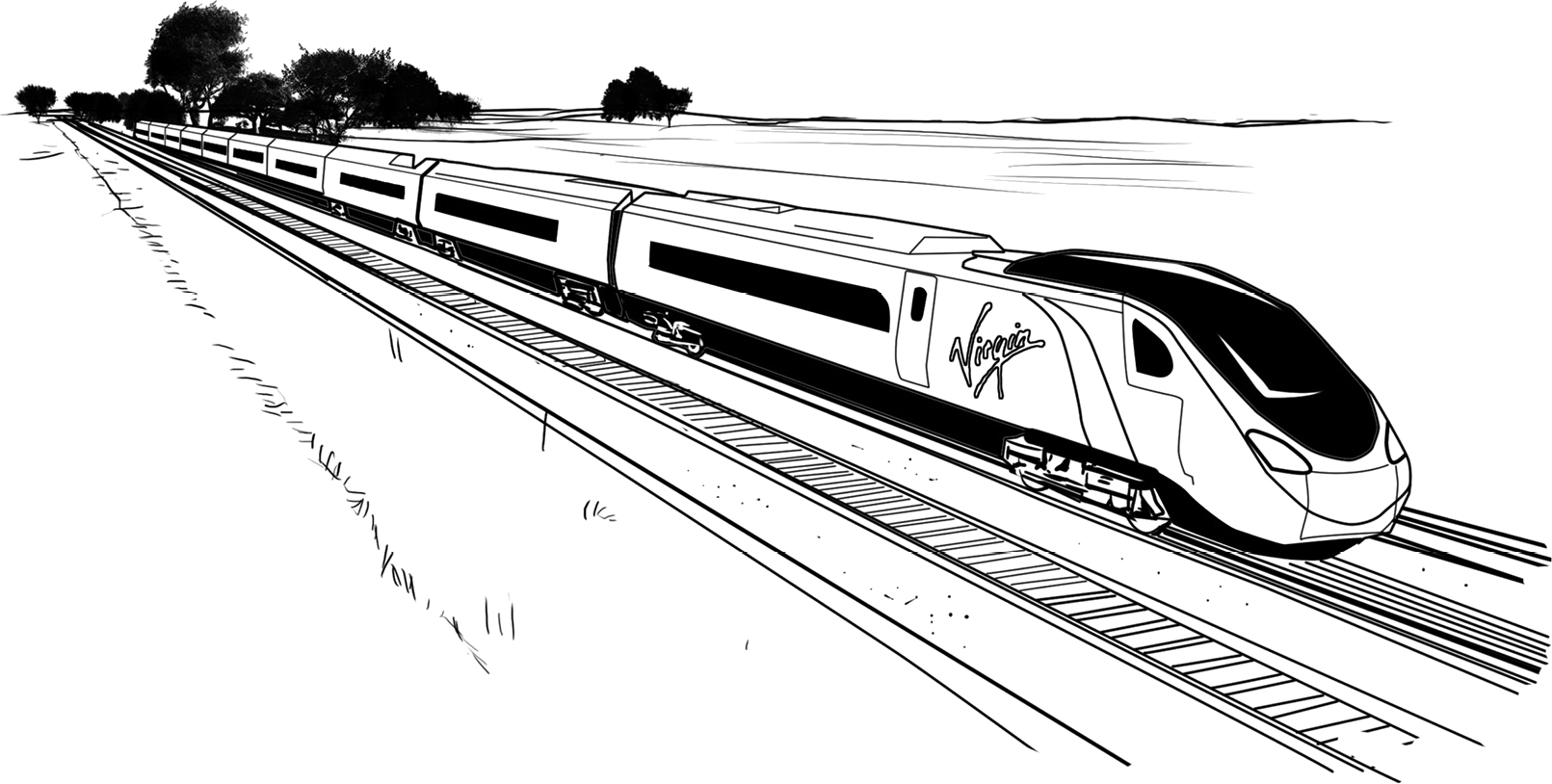Chapter 6
Billionaire
Richard Branson’s exciting adventures brought him and his company more attention than ever before. But away from the balloons and the boats, he worked hard to keep his businesses growing.
In 1985, Richard combined his many different companies into a larger one called The Virgin Group. Virgin Atlantic Airways remained a major focus. By the end of 1989, in addition to its flights to New York, the airline had added two more routes to cities in the United States. It also had a route to Japan. Richard took a personal interest in Virgin’s customers and employees. At times, he would fly on his own airline and ask passengers what the company could do better.
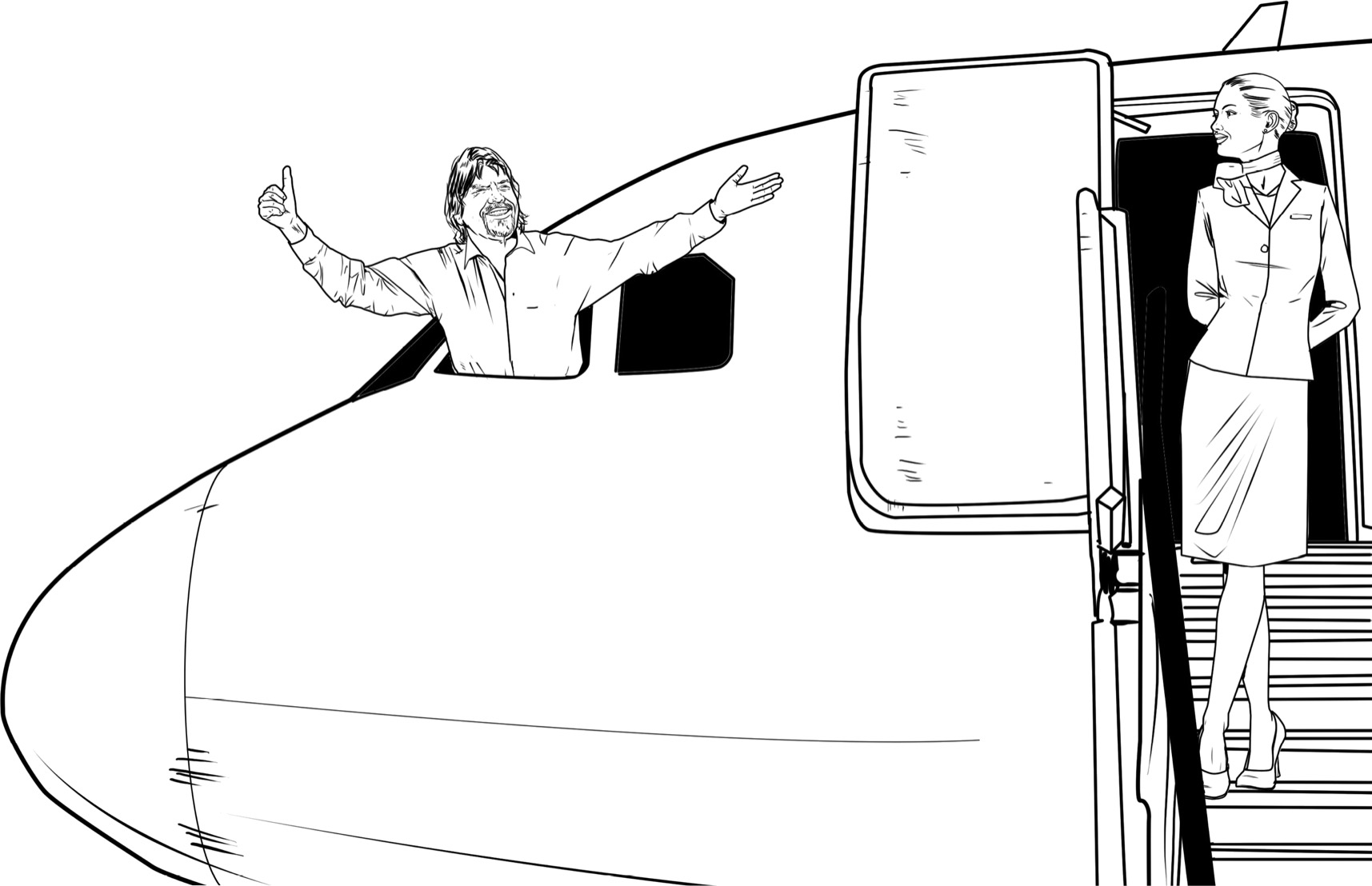
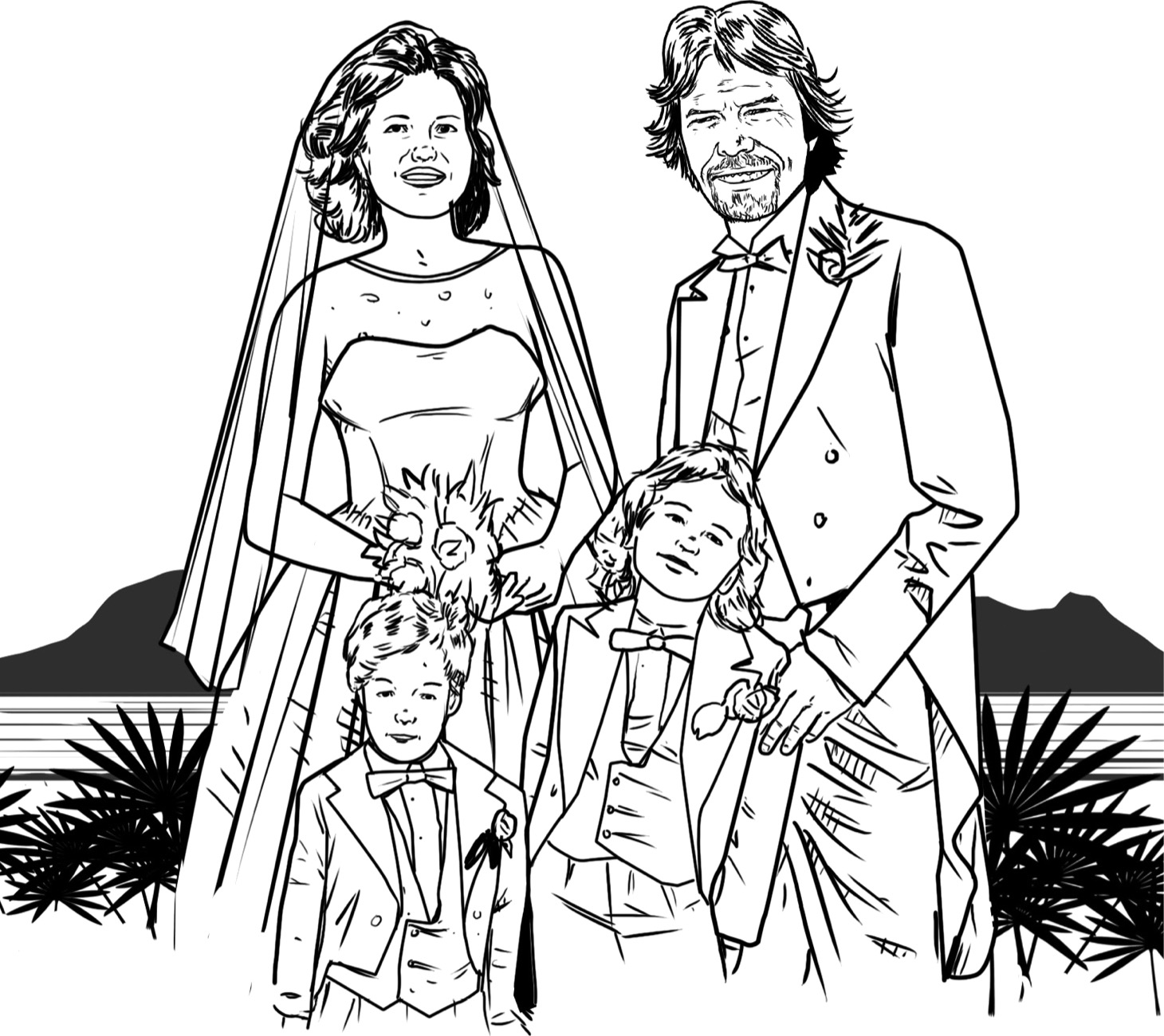
That same year, he and Joan married on Necker Island. Holly and Sam were part of the ceremony. Richard—as usual—arrived in a very unexpected way. Guests looked up to see a helicopter slowly coming down—with Richard hanging from its bottom landing skids! Joan came to accept the fact that Richard would always love attention-getting stunts.
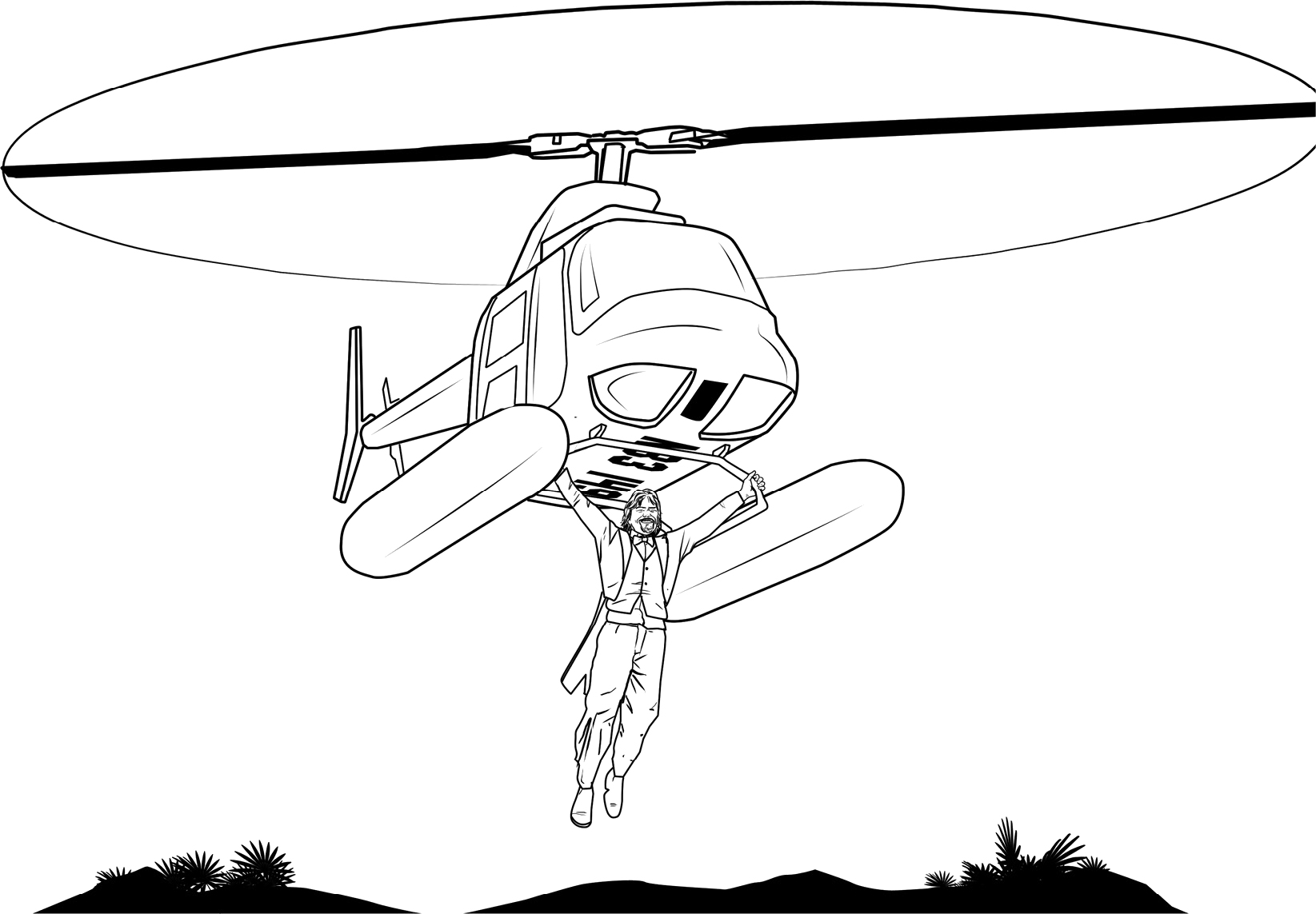

Richard was becoming known as “the smiley man with the beard.” Smiling is good for business, he thought. A smile could ease tensions in a business meeting or convince people he cared about their interests. No matter what happened in his personal or private life, Richard believed in the value of the smile.
At the time, the largest airline in Great Britain was British Airways (BA). It was not happy to see Virgin taking away its passengers and gaining more routes. Richard became convinced that BA was out to destroy Virgin Atlantic. And he was right.
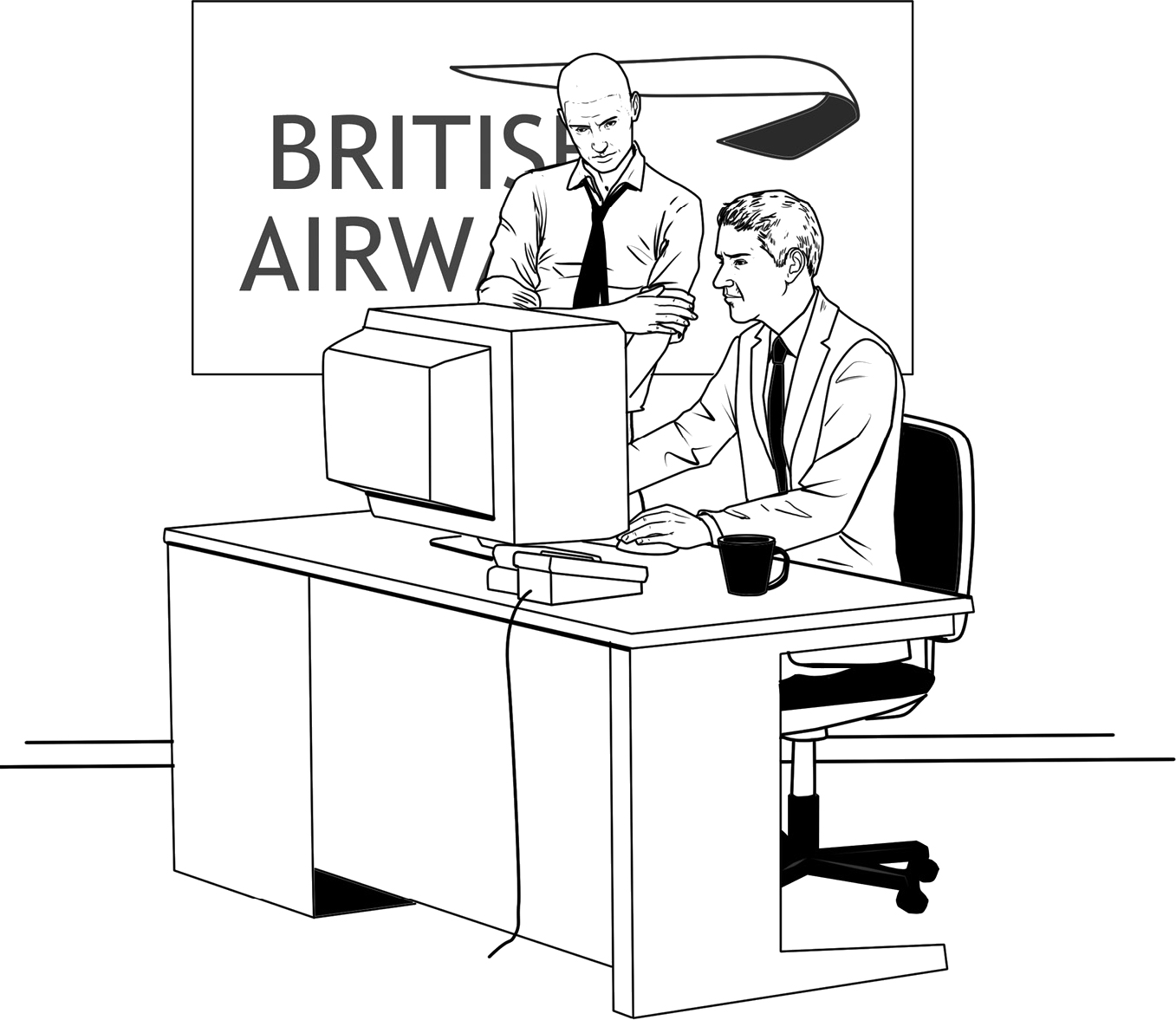
BA began to gather information about Virgin. It used the information to offer cheaper flights to passengers. The company later denied that it had done anything wrong. It also said Richard was only seeking more public attention. Richard sued BA for lying about him. In 1993, Richard won his court case against BA. The case boosted Richard’s popularity in Great Britain. People liked the idea that a man who started his own business as a teenager had challenged a much bigger company and won. Richard saw himself as the small businessman taking on the corporate giant.
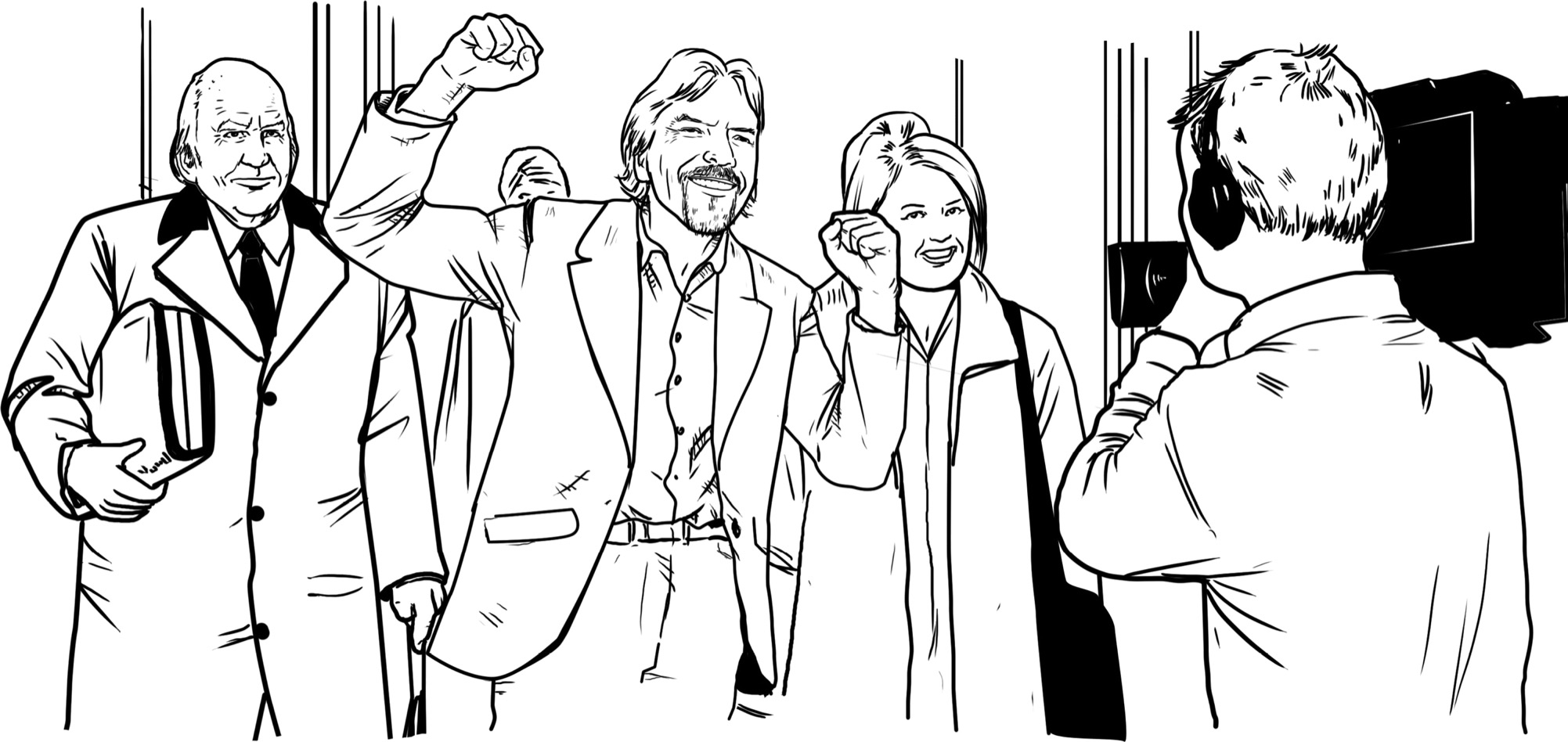
Before Richard won his case, Virgin Records finally signed the Rolling Stones in November 1991. Almost twenty-five years had passed since Richard played their music in the offices of Student. Yet the Stones remained one of the most famous rock bands in the world. Signing them had cost at least $44 million. This only added to Virgin Records’ already large debt.
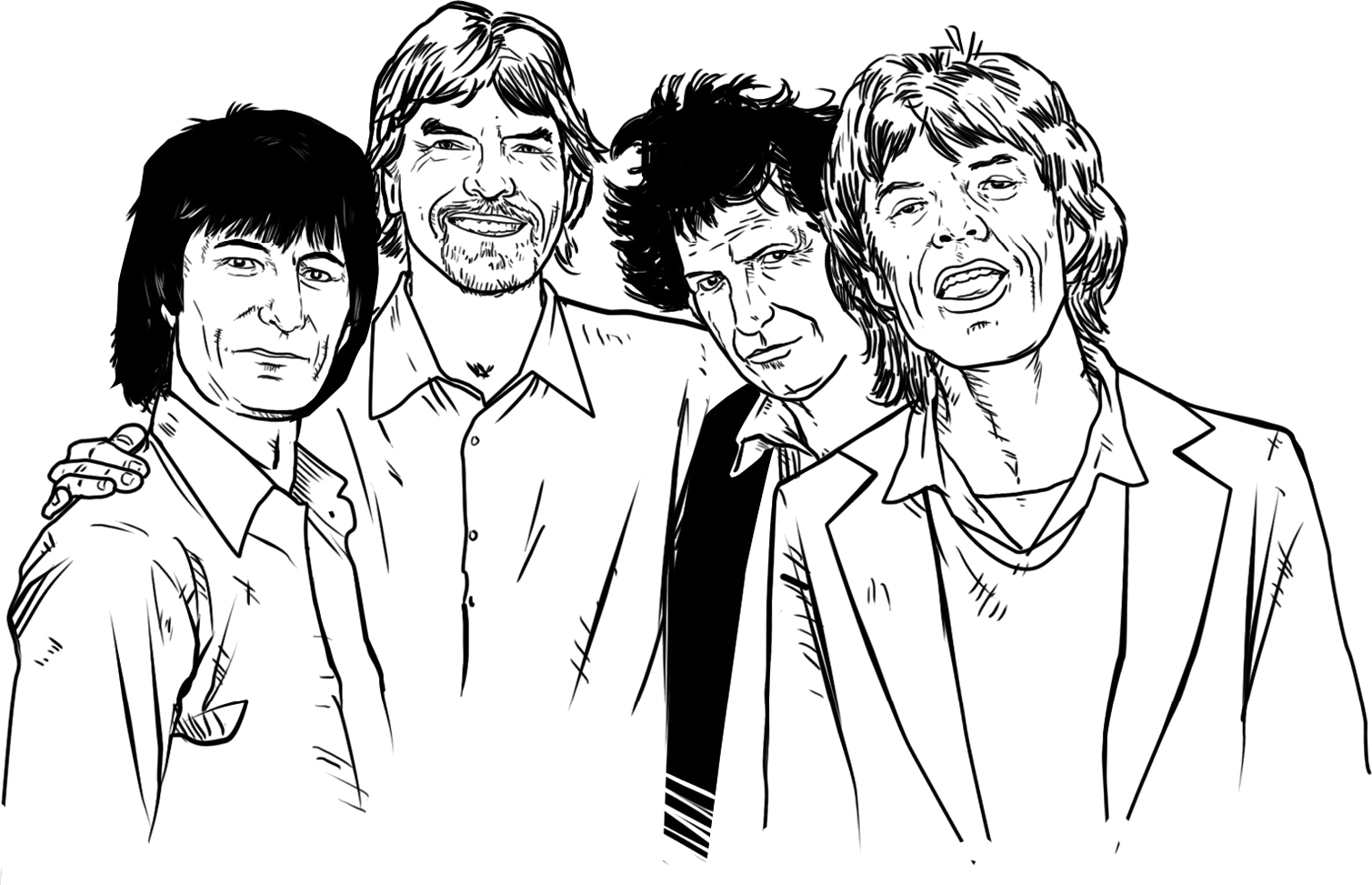
Richard realized there was only one way to pay all his debts. He had to sell Virgin Records. Joan and some of Richard’s friends told him not to do it. They thought he would regret selling his first hugely successful company. But in 1992, when another record company offered Richard $1 billion for Virgin Records, he couldn’t refuse. The money paid off Virgin’s debts and some of Richard’s business partners. What Richard kept helped make him worth more than $1 billion.
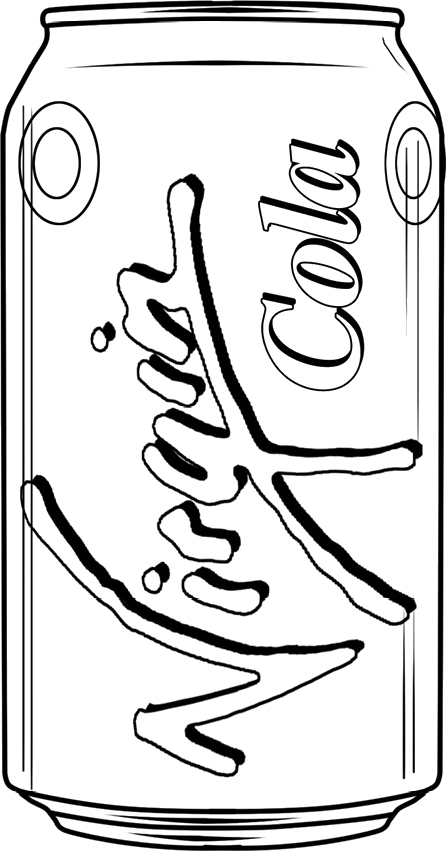
With the money he made from selling Virgin Records, Richard looked for new opportunities. The Virgin Group started the first national commercial radio station in Great Britain. It created its own brand of cola, to compete with Coke and Pepsi. And in 1997, a Virgin company bought the first of two railways! With his wealth, he could have retired. But Richard Branson was having too much fun creating new businesses.
